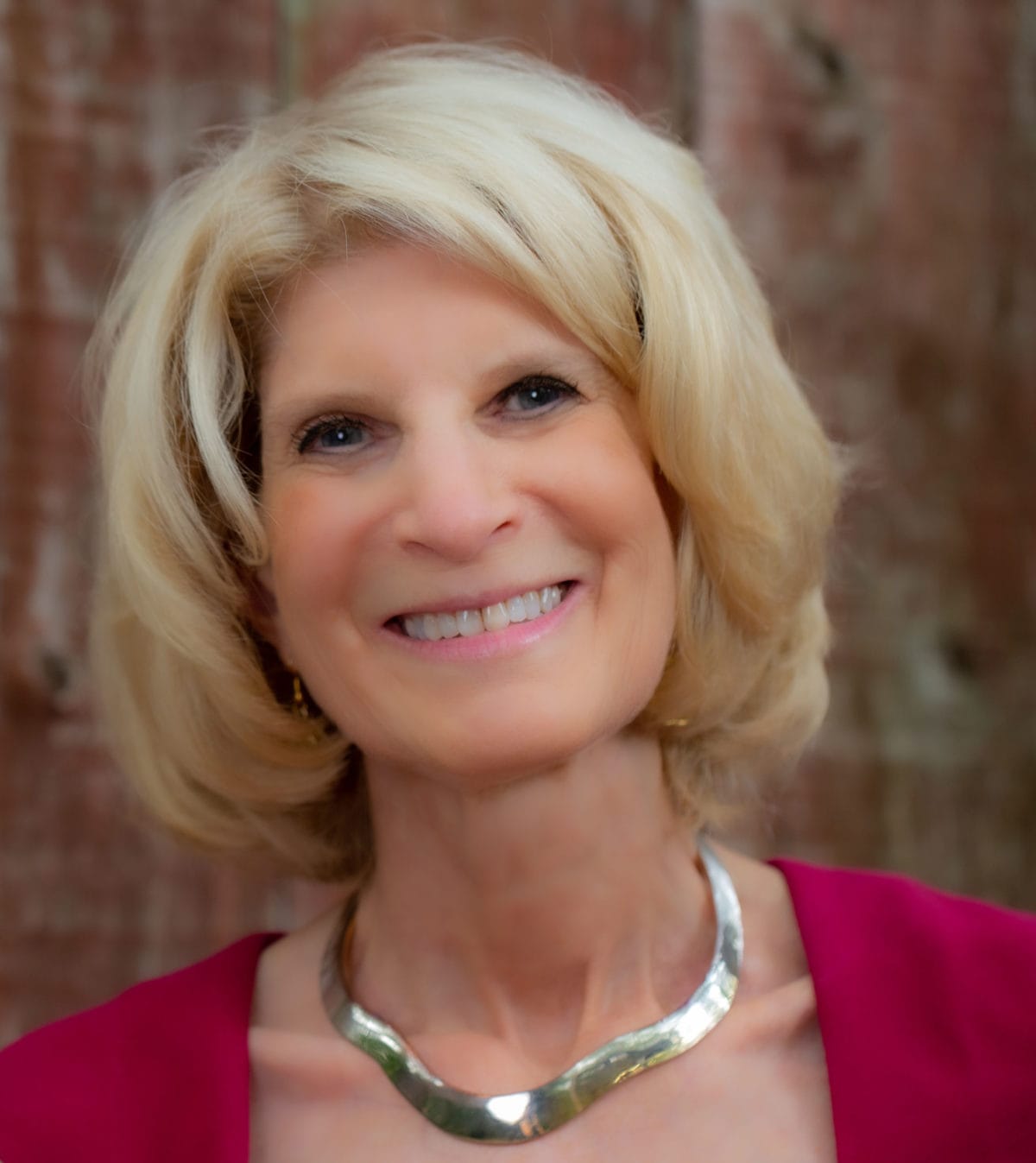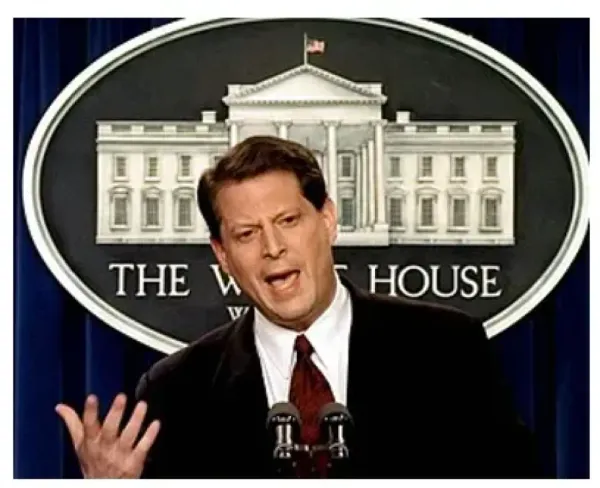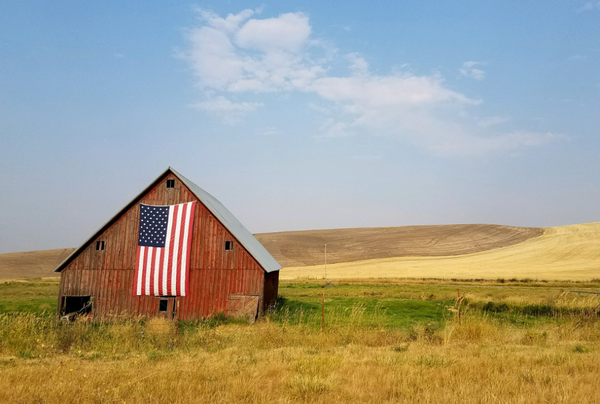Debra Berlyn: In the World Series of Broadband, Everyone Needs to Step Up to the Plate
Bringing broadband to those who need it the most requires more than just government funding for network expansion.
Debra Berlyn

Getting everyone connected to broadband is feeling like the World Series – and we are in the seventh inning stretch. For our most vulnerable consumers with the greatest needs, we need to hit a home run.
Getting everyone connected is about more than network buildout and increased federal subsidy dollars. Getting everyone online also requires expanding provider low cost offers and addressing the human side of this challenge through digital literacy programs and promoting the value and relevancy of broadband.
Advocacy organizations and industry providers have collaborated to develop a concept around how to best assist those in need with a combination of federal funds and industry discount programs. Access to federal subsidy dollars has increased since the pandemic began, including the Emergency Broadband Benefits program, which has provided a $50 subsidy for broadband services – and a set of other benefits – and, to date, over 6.6 million qualified low income households have enrolled in the EBB program.
This temporary program was designed with a near term end, when either the total funding is depleted, or the pandemic is determined to be over. The EBB has been a substantial increase over the Lifeline program, which offers a monthly benefit of $9.25 to help subsidize wireline or wireless voice service and broadband service. The Lifeline benefit is clearly a drop in the bucket, and the EBB has demonstrated a significant improvement in providing consumers assistance for broadband costs.
The 2021 infrastructure bill, that has been backed up in the House for quite some time, includes the Affordable Connectivity Fund. This fund will replace the EBB and provide a $30 discount for broadband service for qualifying households.
Advocates of the underserved are relieved to know there will be a continuation of support at a higher dollar level, with broader eligibility requirements that could enable more to enroll. There’s also a requirement to run public awareness campaigns to help get the word out about the discount to those in need.
With this new subsidy program in place, several ISPs and wireless companies have established discount broadband offers for low income customers, with programs such as Comcast’s Internet Essentials, AT&T’s Access Program, Charter’s Spectrum Internet Assist and T-Mobile’s Project 10Million. These programs continue to offer great discounts for high speed broadband services. It would be great to have more industry partners step up to the plate and provide consumers more choice when selecting a broadband service.
The programs clearly make a difference. A recent study from a team of seasoned researchers reveals that increases in broadband adoption in underserved areas are clearly linked to federal and industry discount programs.
The infrastructure bill also addresses the human side of the challenges with the inclusion of funds for digital literacy training programs, a particularly important resource for older adults confronting technology for the first time.
While spending more time at home during the past year and a half, broadband has demonstrated it is a lifeline for education for kids, and a connection to better health for older adults. It’s our entertainment and information source, and it provides the all-important link to family and friends.
We recognize that broadband is essential, and everyone needs to get connected. First, we need to get the infrastructure bill implemented and institute the Affordable Connectivity Fund. Second, let’s get more companies in the game to offer high-speed broadband discount programs to low income households. Third, we need to continue support for programs that address adoption challenges such as digital literacy and that demonstrate the value of broadband for unconnected consumers, to educate them on the many benefits of getting online.
As the song goes, “Let me root … for the home team. If they don’t win it’s a shame.” Consumers need to win this one; it will just take some great players working together to get everyone connected to broadband.
Debra Berlyn is executive director of the Project to Get Older Adults onLine (Project GOAL), and president of Consumer Policy Solutions, a firm centered on developing public policies addressing the interests of consumers and the marketplace. This piece is exclusive to Broadband Breakfast.
Broadband Breakfast accepts commentary from informed observers of the broadband scene. Please send pieces to commentary@breakfast.media. The views reflected in Expert Opinion pieces do not necessarily reflect the views of Broadband Breakfast and Breakfast Media LLC.










Member discussion